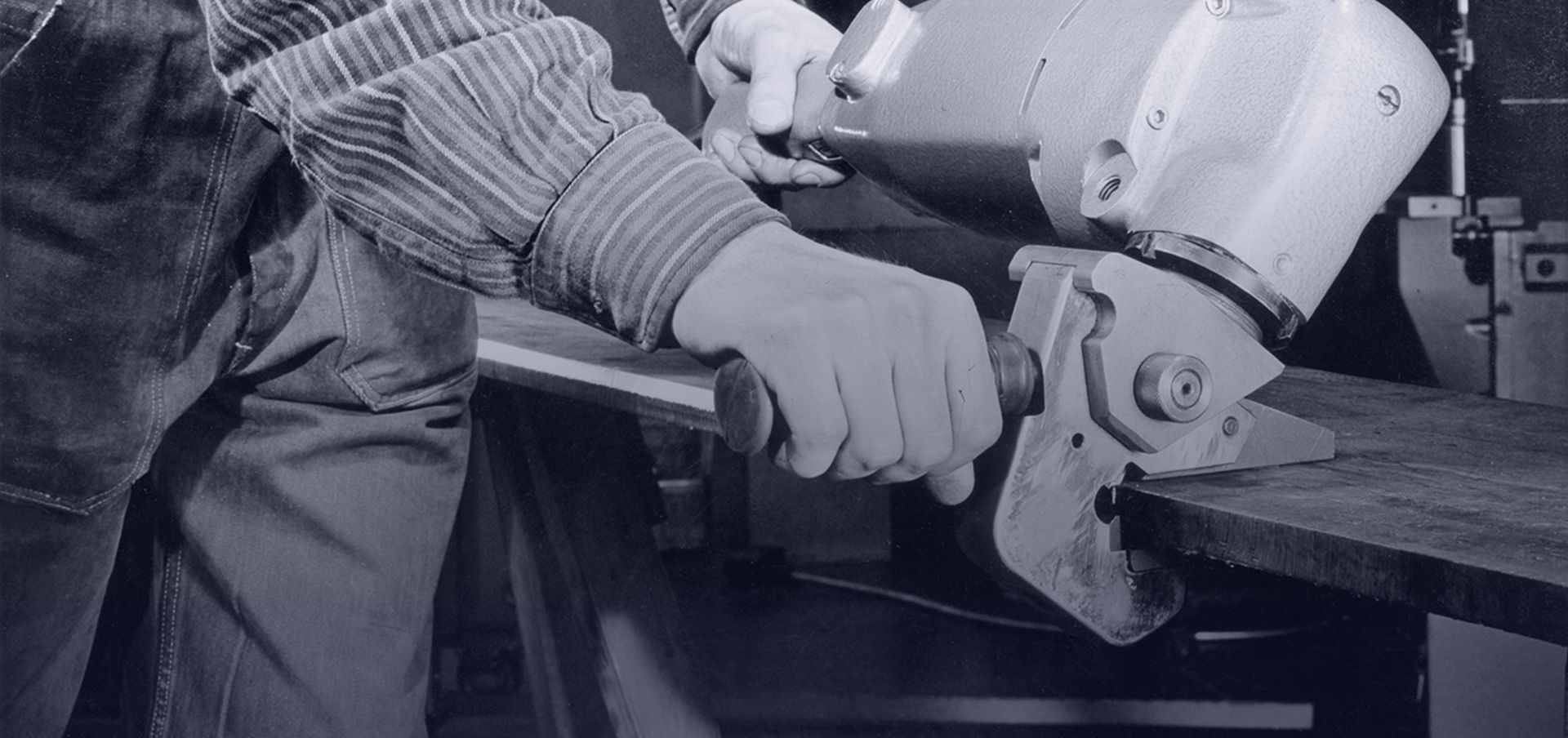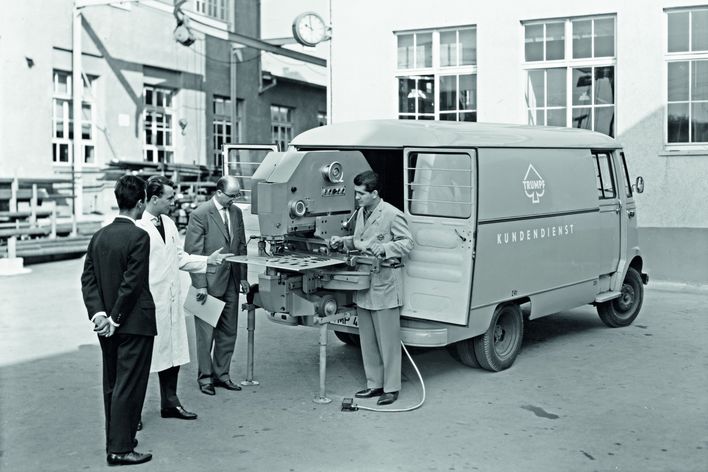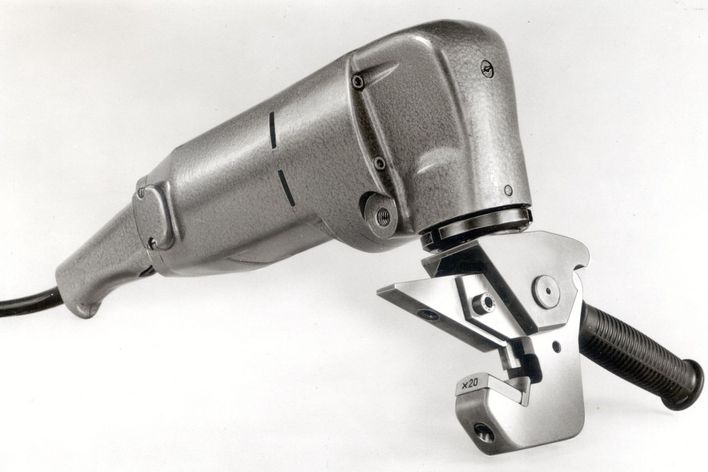
New processes

1960
TRUMPF is referred to by a trade magazine as the “nibbling king”. This reflects its activity and success in this sector. Initially, nibbling was seldom used as a method of sheet metal processing. TRUMPF recognised the benefits of this slitting process for sheet metal processing, using it in its stationary machines and power tools.

1961
The company has 325 employees and generates a turnover of DM 11 million. After time abroad in the USA, Berthold Leibinger becomes head of the engineering department, which had seven employees and was housed in a shed on the company's premises in Weilimdorf.

1962
In the sixties, a "mobile showroom" makes it possible to demonstrate the curve shears to customers on site.

1963
The first foreign subsidiary is founded in Zug, Switzerland, in 1963, and is quickly followed by the subsidiary in Farmington, CT, USA in 1969. This marks the beginning of a comprehensive international company structure in all key industrial markets, with the aim of achieving the greatest possible proximity to customers. For this reason, TRUMPF has a strong presence in Europe, America and Asia from a very early stage, and in some cases this includes production sites. For example, 1982 sees the establishment of a plant in Grüsch in the Swiss canton of Grisons, to which the entire production of power tools is relocated. Nowadays, 2D laser processing machines and marking lasers are also produced there.

The first TRUMPF TKF 100 beveler is built. The TKF is a portable compressed-air tool, which is handy and can be used for small parts as well as bulky, heavy workpieces. For the first time, the TKF enables sheets to be bevelled effortlessly prior to welding. The great success of this tool enables high levels of investment in development.

1964
HAAS and the Frankfurt Battelle Institute look into applications for the laser in the production of mainsprings. The contact-free application of welding energy with the laser enables greater component quality and therefore greater accuracy of the mechanical clockwork mechanisms. TRUMPF later becomes a shareholder at HAAS-LASER (1992).


